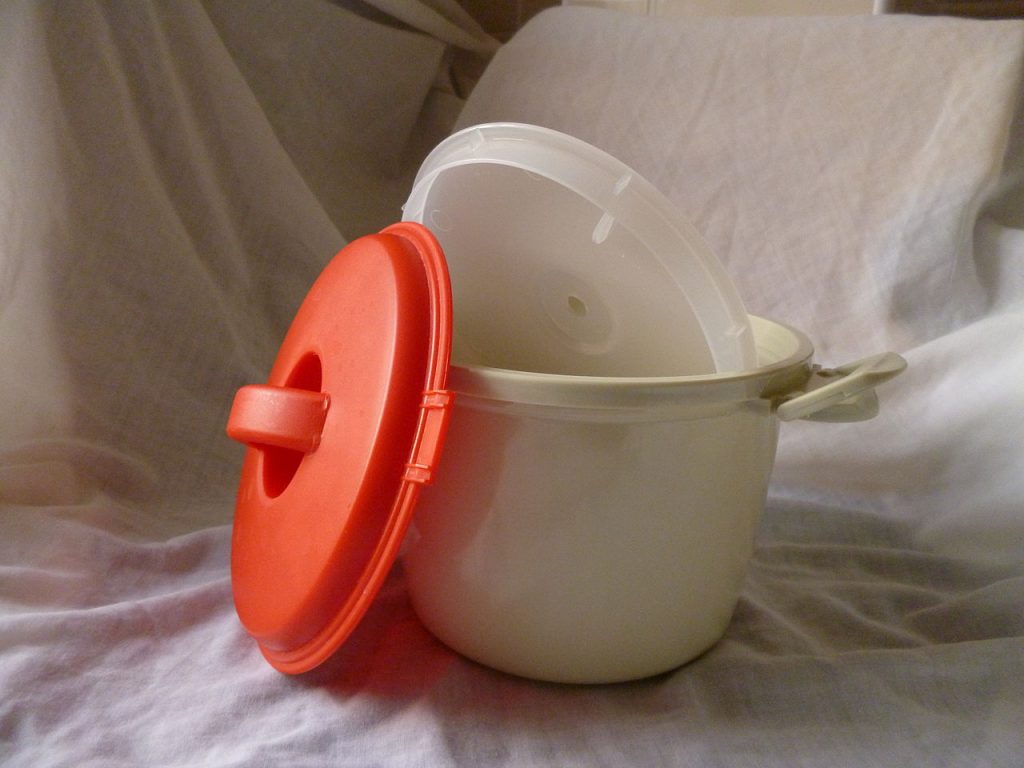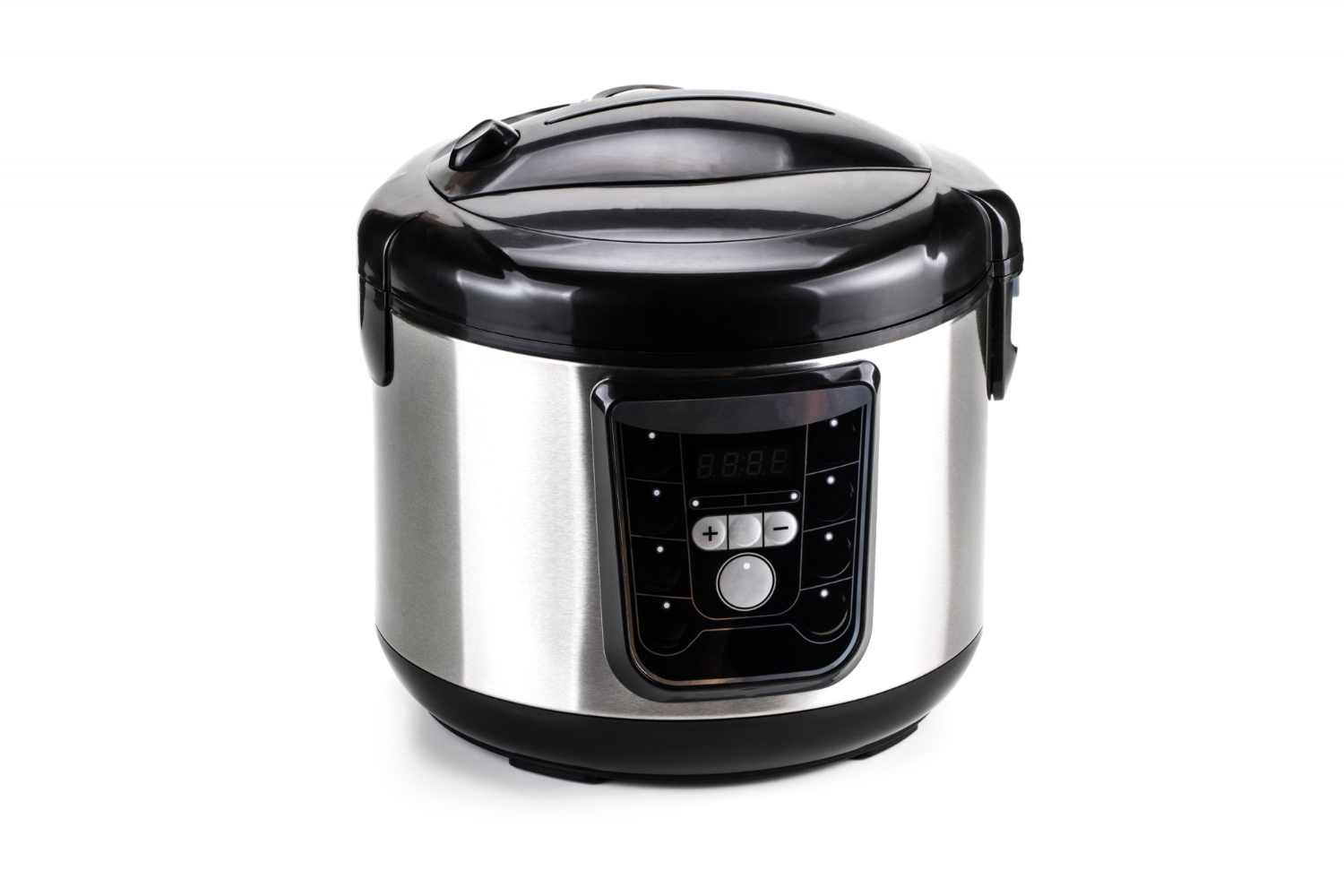Rice is an essential food for almost everyone on the planet. It can provide a nice supper of rice with stews, soups, veggies, and other meals if we cook it properly. Hence, it is crucial to have a good rice cooker versus a microwave rice cooker because it saves time on food preparation.
Rice preparation entails more than simply boiling it for a few minutes. The rice will become mushy or too hard to chew if we do not cook it at the correct temperature or with the proper amount of water.
Are Microwave Rice Cookers Any Good?
A microwave rice cooker is perfect for students who live in dorms and need a quick way to prepare rice and other dishes. Also, it’s ideal for working mothers who need to make a quick lunch after work.
- We may use a microwave rice cooker to prepare pasta, veggies, and other foods in addition to rice. The microwave rice cooker may be cleaned in the dishwasher. This aids in the saving of time, effort, and energy. It also has a locking cover.
- Splatters inside the microwave oven will be less likely as a result of this. The microwave rice cooker’s plastic bowl and lid are BPA-free. It is free of the bisphenol A (BPA) compound. BPA exposure is a cause for concern because it is harmful to one’s health.
- Rice cooked in a microwave rice cooker takes less time to cook than rice cooked in a pot. This is because we have to put the pot in the microwave and push a button. However, there might be a slight possibility of boiling water spilling because the rice is in a sealed pot.
- Microwave rice cookers are more energy-efficient since they cook rice in less time. In addition, to store excess food, the plastic container can be utilized as a storage container.

This picture of the microwave rice cooker is from Armchair, CC BY-SA 3.0, via Wikimedia Commons.
Is It Better to Cook Rice in a Rice Cooker?
Rice cooker cooking is quite simple, which is why it’s our preferred way. Rice cookers swiftly bring water to a boil and then turn off when the grains reach the desired temperature, resulting in delicious, fluffy rice with no effort. If you have a rice cooker (or eat enough rice to justify buying one), it will save you the trouble of scraping undercooked rice or burnt grains from the bottom of the pot.
Furthermore, many rice cookers have only one button: on or off. Add the appropriate amount of clean water for your rice, turn it on, and walk away. This is the tried-and-true way for consistently flawless rice cooking.
Users of rice cookers have always given positive feedback on the rice cooker’s cooking ability. This is because the rice cooker contains sensors and innovative technologies that allow it to cook the meal to the exact length of time it requires to maintain the best taste and freshness.
Purchasing your rice cooker is recommended. Quick and easy food is one of the most fundamental demands when you have a hectic schedule and find it challenging to find time to cook.
Does A Rice Cooker Cook Rice Faster?
When it comes to cooking considerable amounts of rice at once, nothing beats a rice cooker. Furthermore, many restaurants choose commercial rice cookers since they are simple to operate. You add the rice and wait for it to cook, allowing yourself to focus on other tasks while the rice cooks.
While using a rice cooker is straightforward, you can take a few extra steps to save time on cleanup and ensure that your rice is cooked to perfection. Different types of rice will necessitate different quantities of water and cooking time. Luckily, your rice cooker will be able to detect when your rice is done cooking and will shut off on its own.
Cooking a large batch of rice takes at least 15 minutes for white rice and 25 minutes for brown rice. This is relatively faster than the cooking time of rice using a stove—which takes around 30 minutes to complete.
How Long Does It Take to Cook Rice in a Microwave Rice Cooker?
The microwave approach is just slightly quicker than the stovetop method. However, some argue that this method produces better rice. There’s also the issue of convenience. You can microwave, serve, and even eat your rice from a single container, avoiding the need to clean at least one dish.
This procedure works with long-grain (such as basmati), medium-grain (such as jasmine), and short-grain (such as sushi rice) rice varieties. On the other hand, microwaves vary in power and wattage, which has an impact on cooking times. For example, the cooking time listed below is for a 900-watt microwave with a 0.9-foot capacity.
- First, check your microwave’s wattage—you might need to check your rice in increments and add or subtract time (more instructions on that below).
- When making this amount of rice, measure 1 cup of rice and place it in a microwave-safe dish that can accommodate at least 1.5 quarts.
- Cover the dish with plastic wrap and microwave the rice for 10 minutes on high. If tiny holes emerge in the rice where steam has escaped, and most of the water has evaporated from the dish at this stage, you’re ready to move on to the next step.
- Remove the rice from the microwave when steam holes appear and cover the top of the dish with a microwave-safe lid or with a plastic wrap. Cook the rice for another 4 minutes in the microwave.
- Remove the rice from the microwave. Allow it to sit for 5 minutes, still covered. Taste the rice at this point. If you like the texture, go ahead and eat it! If it’s still a little crunchy, microwave it for a few more minutes, checking for doneness in 1-minute increments.

